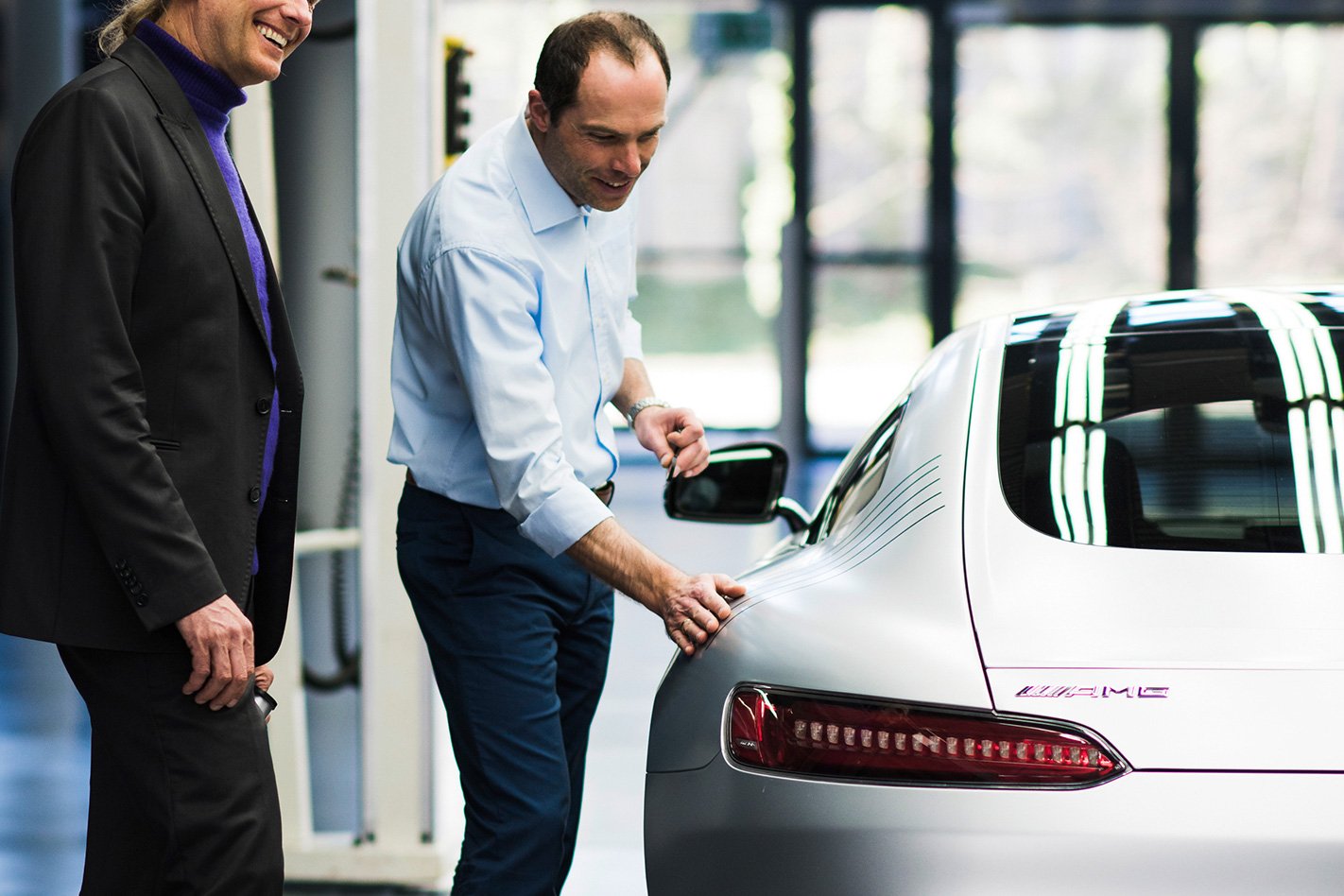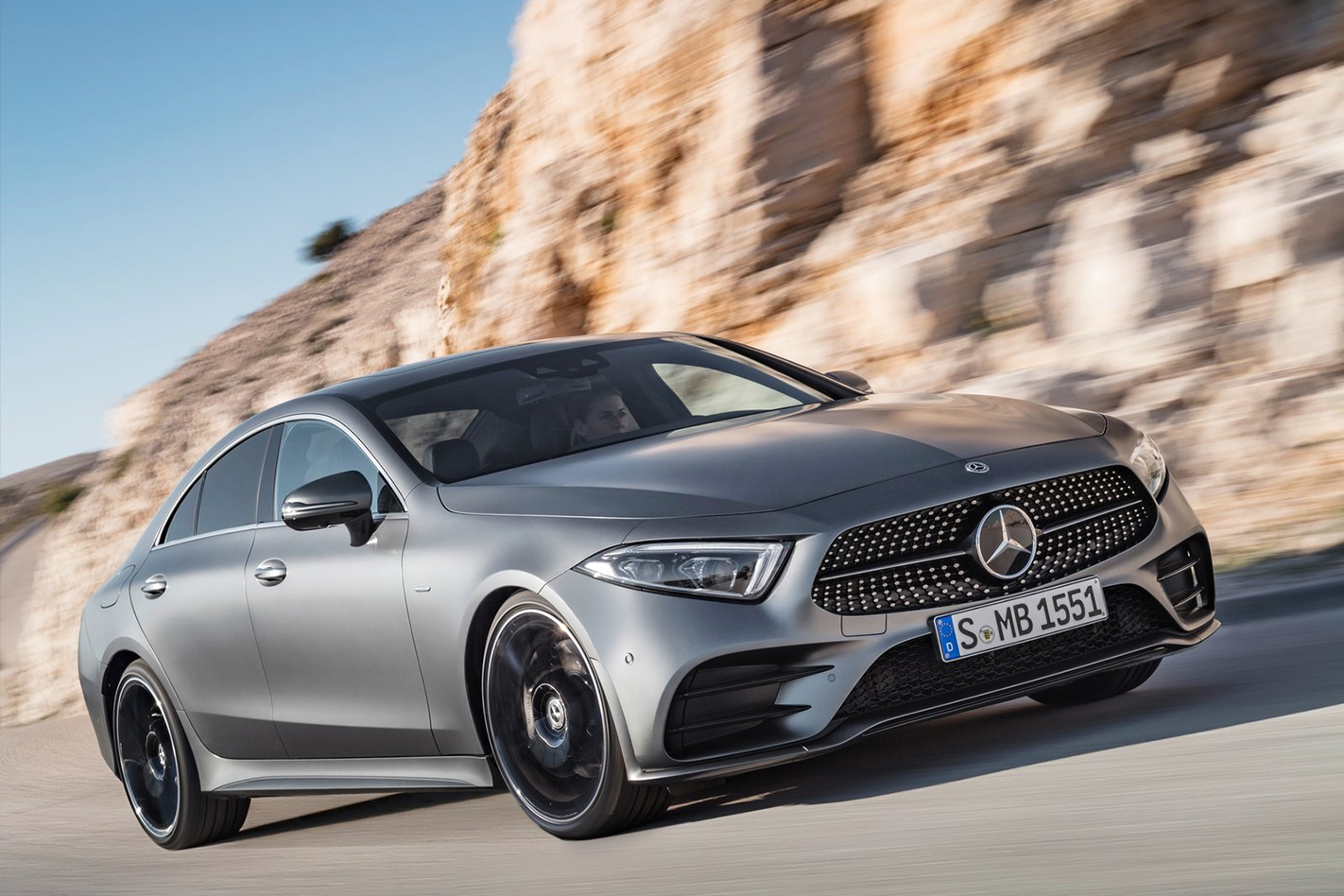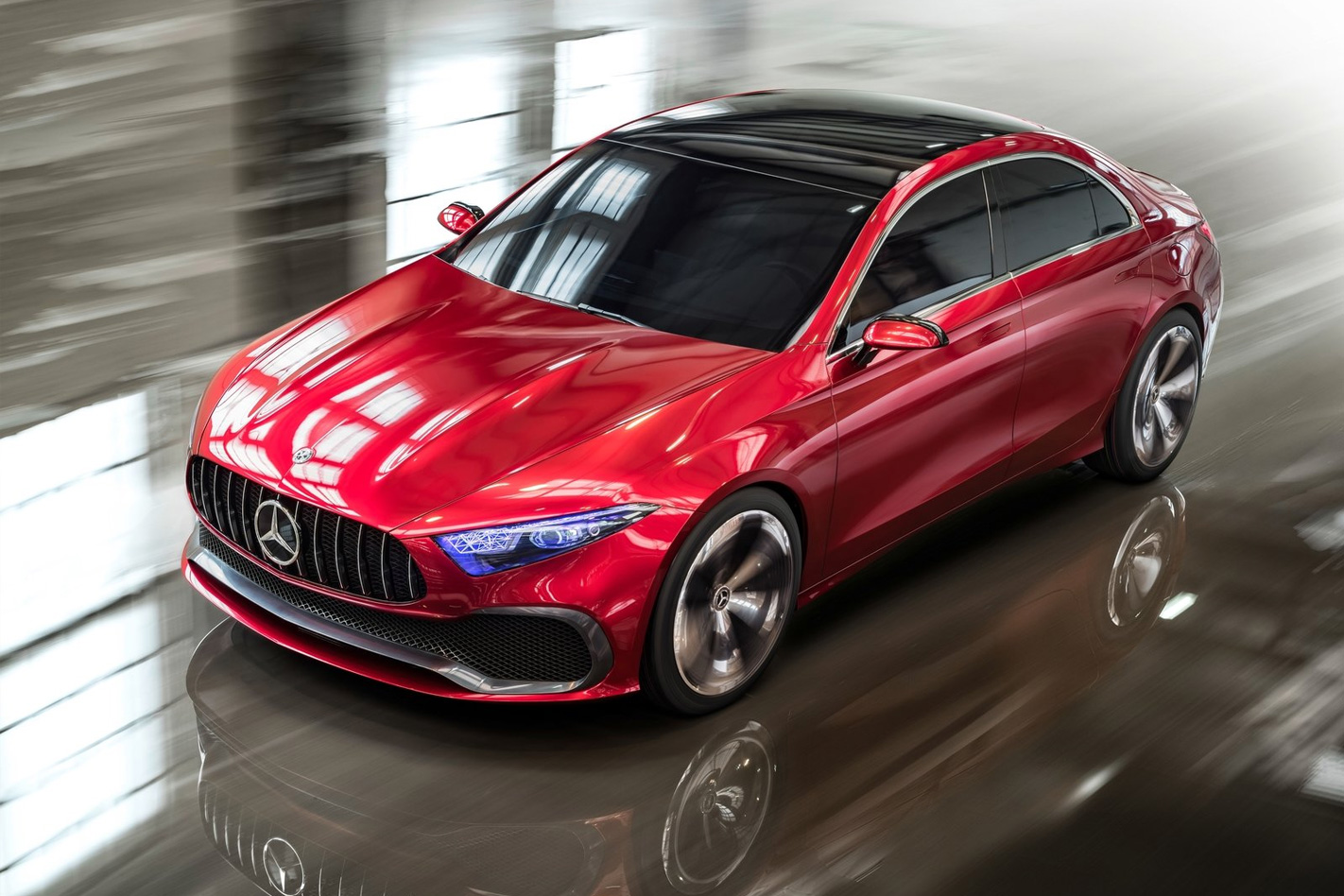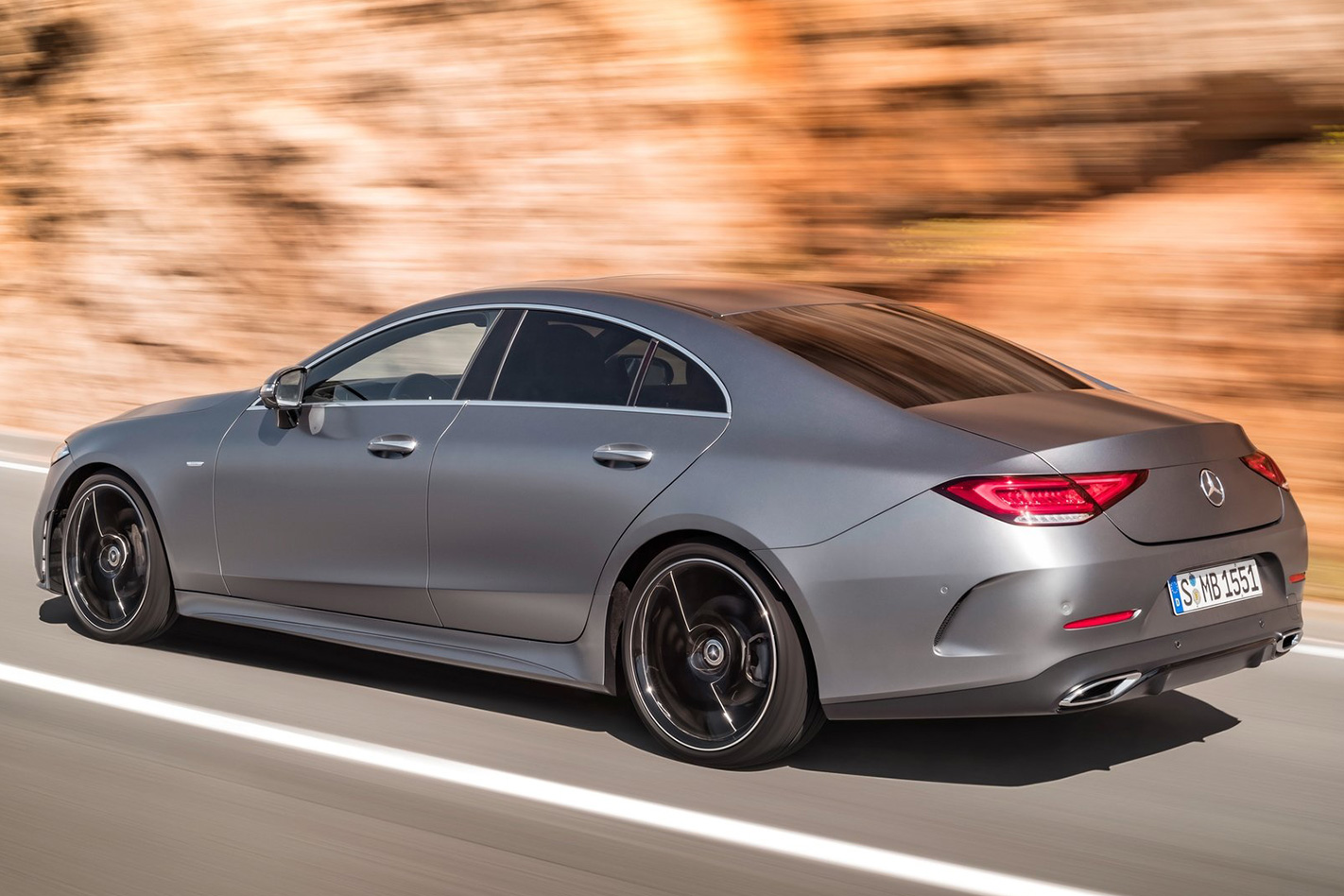MERCEDES-BENZ is forging a new look for its next generation of vehicles with a simpler design that ditches complicated creases and lines in favour of clean aesthetics and more focus on balanced proportions.
The new styling approach is being spearheaded by the freshly revealed Mercedes-Benz CLS large luxury four-door, which has dropped some of the distracting details of the two previous versions, but the more restrained design strategy will soon be seen on other three-point star models.
Speaking at a preview of the new CLS ahead of its public reveal in Los Angeles, Mercedes-Benz head of exterior design Robert Lesnik told Wheels his team would be working hard to introduce cars that rely on good proportions rather than details to attract attention.

“This is definitely the next step in our essential purity philosophy. Everything is as pure as it can go simply because if the proportions are right you don’t need much.”
For the pioneer of the new design approach, Lesnik’s team looked back to some historic Mercedes models to inspire a less complicated result, which is the polar opposite of some other brands including Honda and its new Civic, for example.
“These days you see so many edges and so many car companies that really pronounce edges and this (CLS) is definitely in contrast to that. In the 50s, the SL300 was also very round and pure and maybe that’s the feeling that we wanted to capture.”

Lesnik described the new more aggressive front end as imparting a “predator look” which wears a new forward-leaning grille, which resembles a bloodhound hunting a scent.
“The angle of the star is negative. It’s leaning forward and we’ve never had this before with any other Mercedes.”
As for what is next in line for the simplifying treatment, Lesnik would not reveal any secrets but hinted that some of the smaller Mercedes family members could be in line for the revision.

While the sportier coupe-esque and small cars look set to adopt a new look, the Mercedes sedan range has copped some flak in recent years for looking too similar.
When asked why the four-door family had evolved to look so similar, Lesnik recounted numerous occasions when media had criticised the C-Class, E-Class and S-Class line-up for exactly the opposite.
“In the previous generation we had the E-Class with the double headlights and we had S-Class with pronounced wheel arches and they looked completely different to the C-Class. The journalist said ‘why are they so different? I cannot recognise a family. There are other companies that really do this well.’

Lesnik explained that the decision to make the three core sedans look similar was no accident and a family likeness was critical for forging a strong identity, and would allow the company to introduce more diversity of design in other lines.
With all three sedans completing the first stage of a long-term plan, Lesnik said his team was now ready to focus on the ‘second round’.
“First we said we wanted to create a family look. We wanted to bring them together so that people will be able to recognise Mercedes.
“The first round is completed but it’s part of the big plan. I cannot explain the whole plan but that was the first. The second might be more differentiation for example.”






